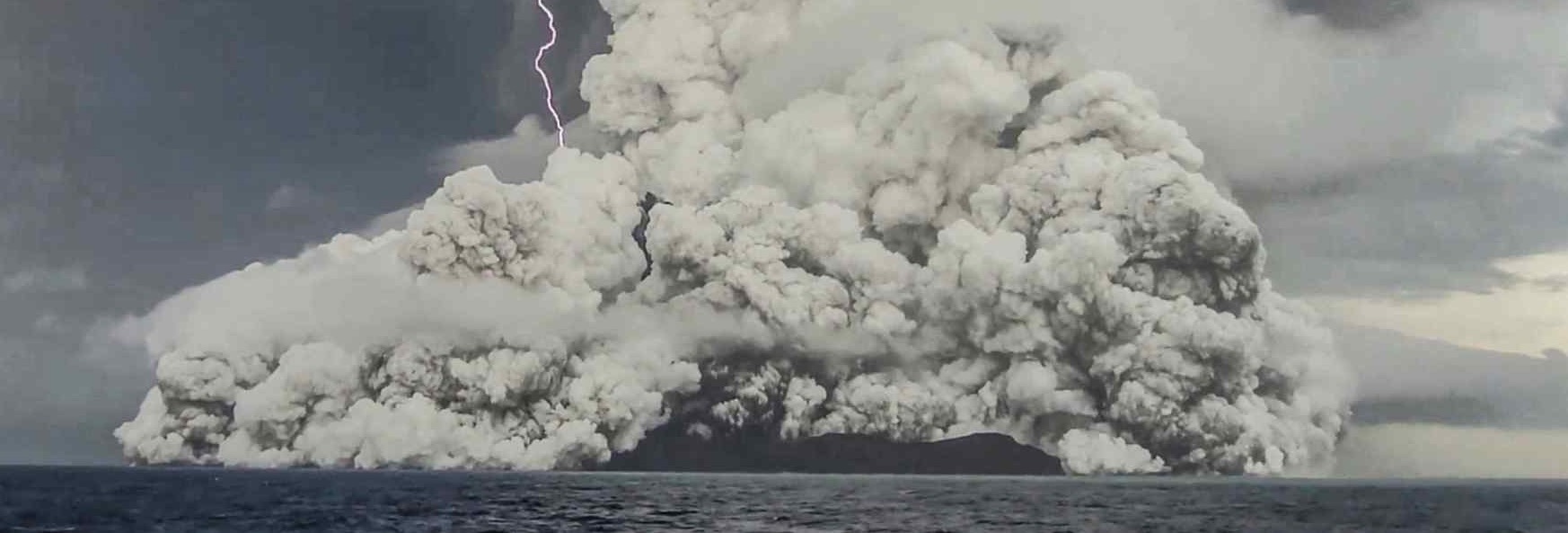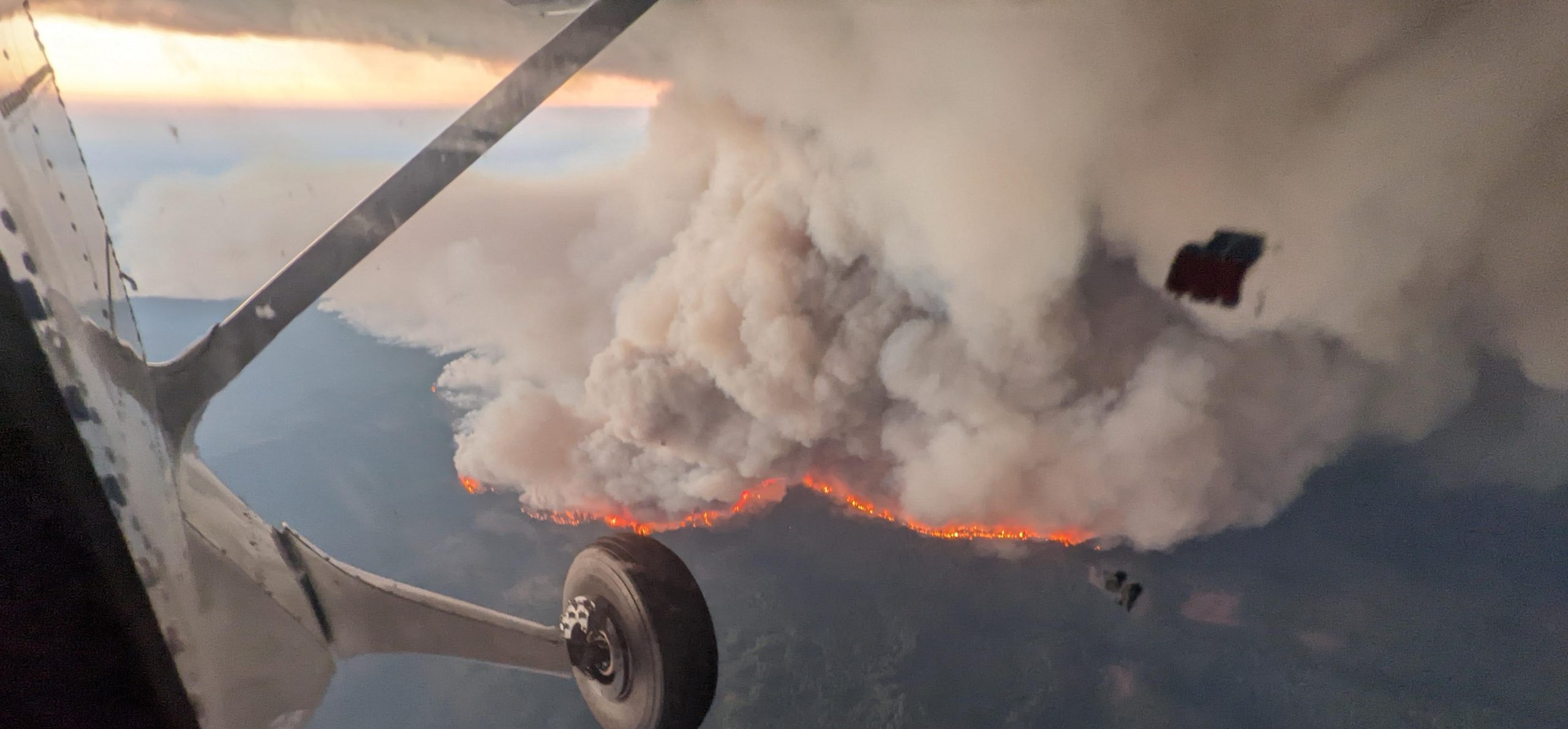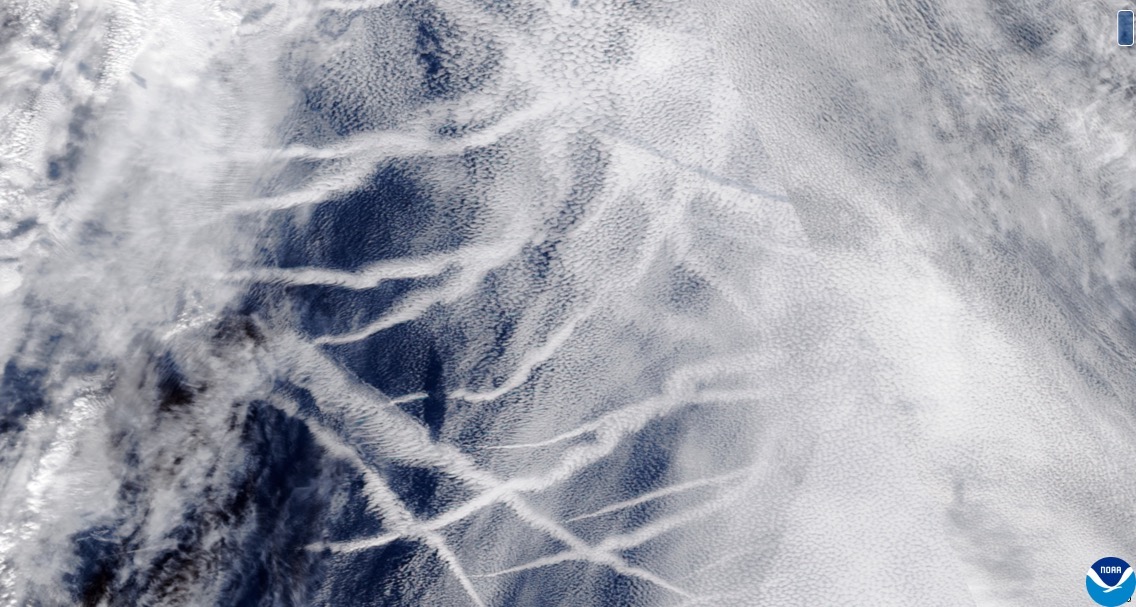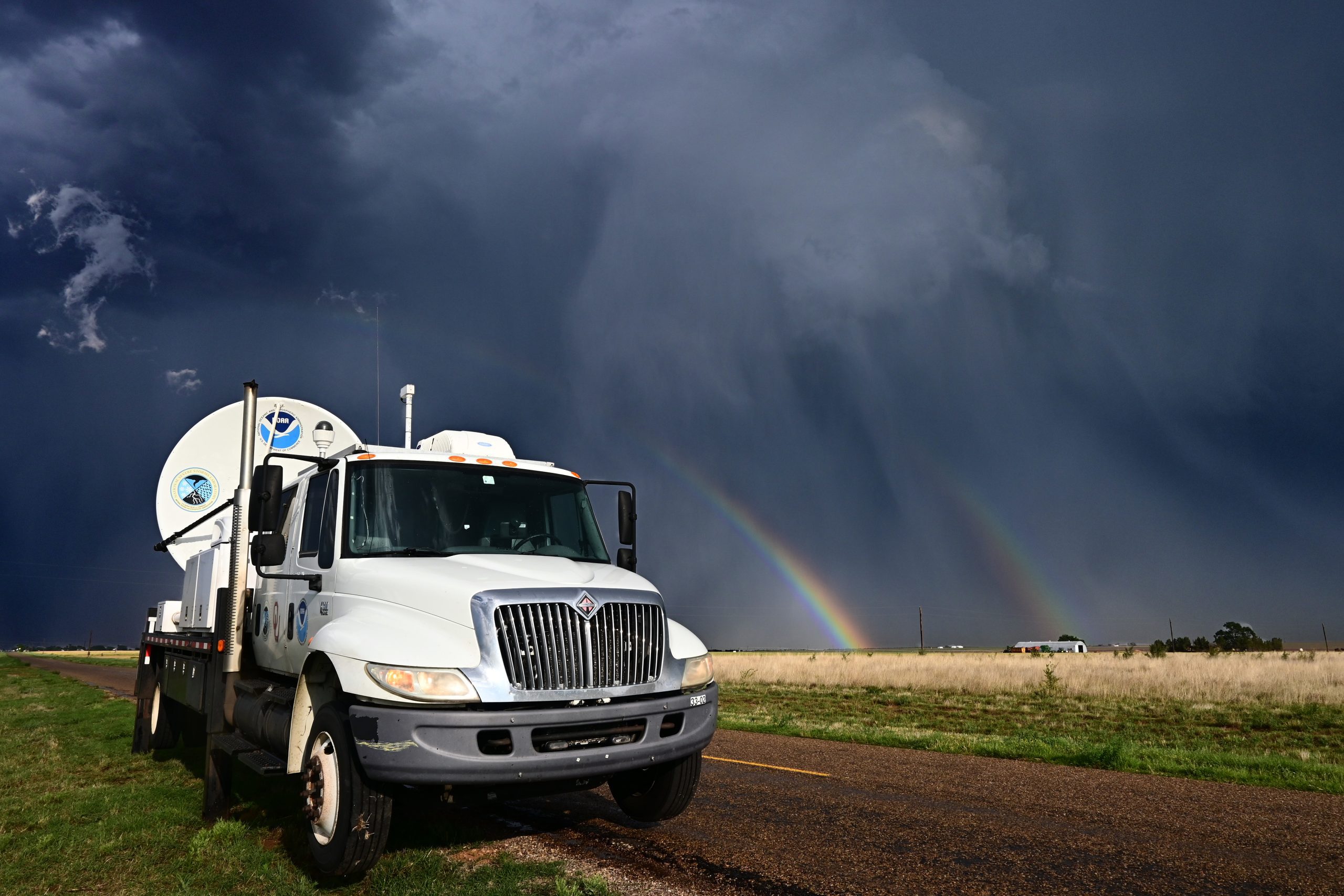From today through April 28, the public can watch live undersea video and listen in as ocean explorers at sea and ashore comment in real-time as they observe marine species, visit gas seeps and map poorly known areas of the northern Gulf of Mexico.
Scroll to Top
Popup Call to Action
A prompt with more information on your call to action.



